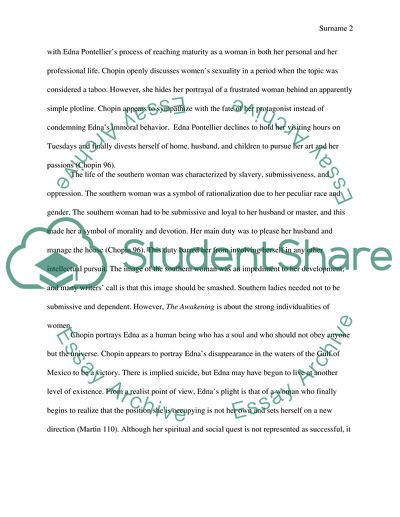Cite this document
(“Romantic Movements in Kate Chopins and Walt Whitmans works Research Paper”, n.d.)
Retrieved from https://studentshare.org/literature/1694662-walt-whitmans-song-of-myself-and-kate-chopins-the-awakening-are-models-of-the-respective-romantic-and-realist-movements
Retrieved from https://studentshare.org/literature/1694662-walt-whitmans-song-of-myself-and-kate-chopins-the-awakening-are-models-of-the-respective-romantic-and-realist-movements
(Romantic Movements in Kate Chopins and Walt Whitmans Works Research Paper)
https://studentshare.org/literature/1694662-walt-whitmans-song-of-myself-and-kate-chopins-the-awakening-are-models-of-the-respective-romantic-and-realist-movements.
https://studentshare.org/literature/1694662-walt-whitmans-song-of-myself-and-kate-chopins-the-awakening-are-models-of-the-respective-romantic-and-realist-movements.
“Romantic Movements in Kate Chopins and Walt Whitmans Works Research Paper”, n.d. https://studentshare.org/literature/1694662-walt-whitmans-song-of-myself-and-kate-chopins-the-awakening-are-models-of-the-respective-romantic-and-realist-movements.


